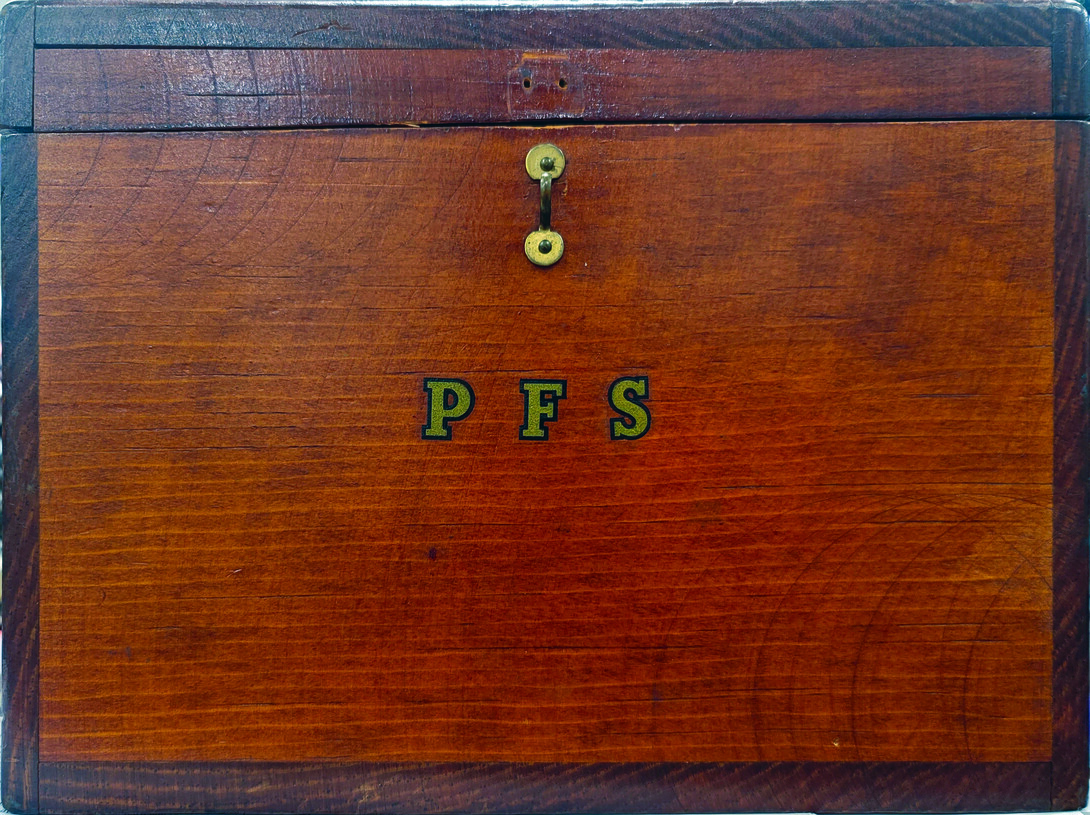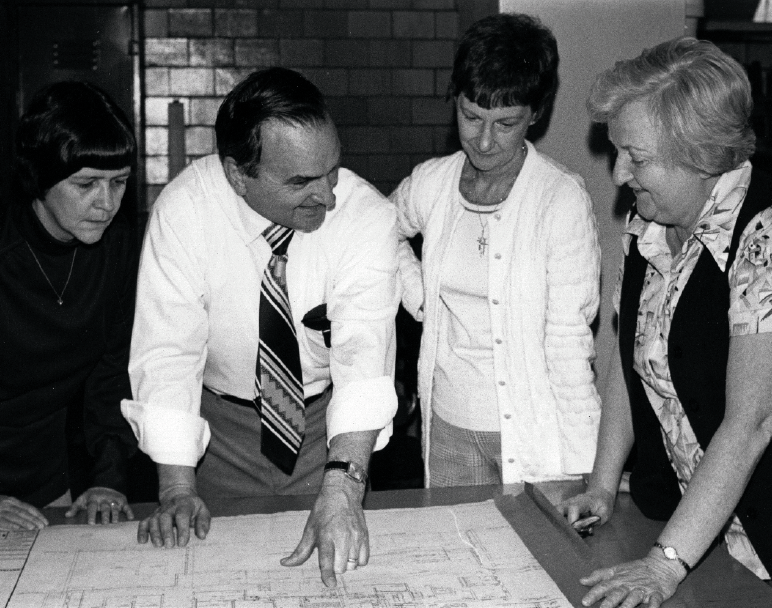Ask alumni across generations to name a favorite Holy Cross dessert and hermits will be near — or at — the top of the list.
And while there’s nothing mysterious about the treat itself, the same cannot be said about how the dessert came to Mount St. James and why it became so popular.
The New England bar cookie — spicy, sturdy and no-nonsense — its characteristics shared with the region’s hardy Yankees, started appearing in cookbooks or with other published recipes in the 1870s. The recipe is not credited to a creator and even the origins of its name is a mystery. Some attribute it to their brown color, reflecting that of a hermit, or that they can last quite a while on their own without human contact. Regardless, if the recipe hit paper at that time, it’s safe to say it existed quite a while before, passed down in oral tradition from baker to baker.
Interestingly, if the hermit was created sometime in the 1800s, so, too, was a certain small Jesuit Catholic boys school on Mount St. James. Hermits on the Holy Cross menu could date back to its earliest days but, unfortunately, there’s nothing on paper in College Archives and Distinctive Collections to prove that theory.
So, we turned to Dining Services, in the form of retired director Art Korandanis, who worked on The Hill for 34 years.
“When I first arrived at Holy Cross in the summer of 1984, full of vinegar and ready to make some changes, I was warned by several people not to mess with the hermits!” he recalls. “Evidently, they were favorites of students and staff, very importantly – Frs. Brooks and Miller.” The Rev. John E. Brooks, S.J., then College president, and the Rev. Francis X. Miller, S.J., then vice president for development, were not only leadership, they were also alumni — classes of 1949 and 1946, respectively — which meant their loves of the dessert spanned decades.
“College legend has it that when students would come back to campus after visiting local establishments, sometimes their first stop was the Kimball Bakery looking for doughnuts and/or hermits,” Korandanis says. “The bakers got in to start their day at 3 a.m.!”
Korandanis couldn’t pinpoint the Holy Cross recipe’s author, but “if I had to give credit for the recipe, I would go back to [the late] Phil Shea,” he says. “Phil preceded me as dining director, but prior to that, he had once served as the head baker in Kimball. So, I’m not totally certain he was the one, but I can’t think of anyone else that would have played a bigger role in developing bakery recipes.”


